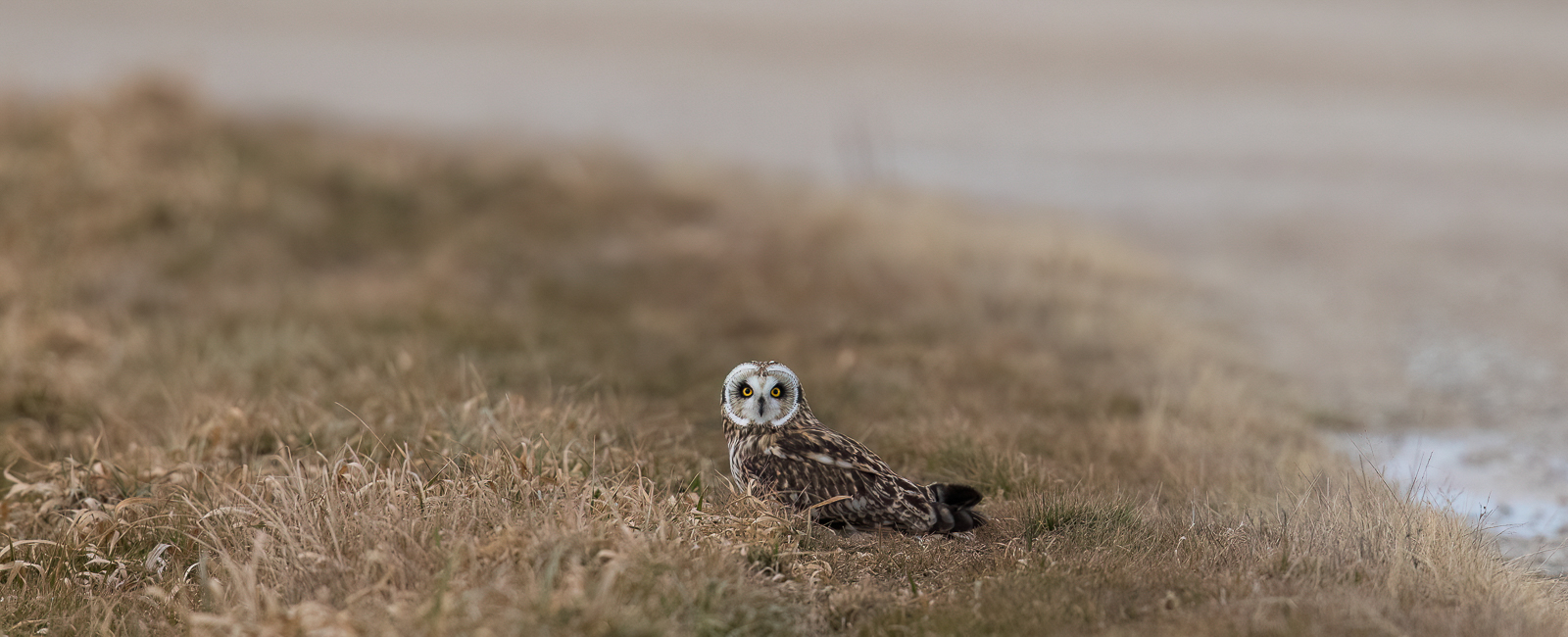These four warblers are very common in the Milwaukee area during spring migration, and this year was excellent for them. All of them can be found almost anywhere. They are so abundant that I usually see males, females and first spring birds of each. I really enjoy photographing the different plumages of them all as well. Each photo in this post, as is in every post, labeled (male, female or 1st spring) if you click on them. This way you can check to see if you know the correct plumages of each. A Chestnut-sided Warbler arrived on 4/25, the first of the two consecutive fallout days at Warnimont Park. I think this will be a record early arrival for the state. On 5/11 at Warnimont, I had 45 of them and on 5/15 I had 32. Chestnut-sided Warblers sing short fast song sounding like, pleased, pleased, pleased to meetcha! I saw my first Black-and-white Warbler on 4/24, and numbers continued to grow until 5/11 when I found 27 at Warnimont. These warblers are usually found working along dead branches or tree trunks like a nuthatch or creeper. They sing a high-pitched, repetitive weesy, weesy, weesy, which may be difficult for some to hear. It is a very pretty song. I also saw my first Black-throated Green Warbler on 4/24 and my big day for them was also on 5/11, with 39. These warblers are constantly singing in spring and very easy to pick out. It is a rather loud, zee zee zee zee zo zee. I didn’t have my first Magnolia Warbler until 5/8 and on 5/11, I had 42 at Warnimont Park. I also had 33 on 5/15 at Warnimont as well. I find Magnolia Warblers, along with Chestnut-sided to have the most variable spring plumage, most likely because so many pass through the area. I see lots of females and first spring birds with both. Magnolia Warblers sing a very short song that is a whistled weta, weta, WETA, with last note being the loudest. All photos below are from the last 5 weeks in Milwaukee County. Enjoy!
Chestnut-sided Warbler








Black-and-white Warbler








Black-throated Green Warbler








Magnolia Warbler































































































































































































